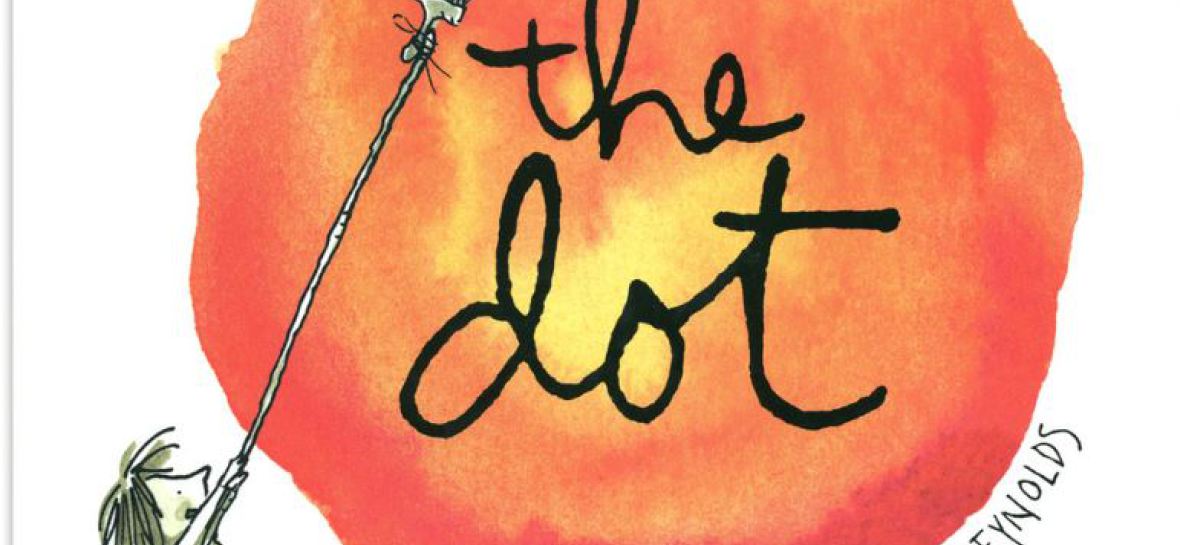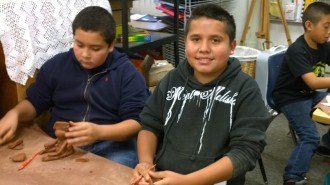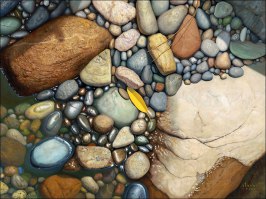

"Touch the Art" Luc Traver
When I first saw Marc Chagall’s Woman in Pursuit, at the Santa Barbara Museum of Art, I saw myself in her, right down to the stars in her golden hair and string of pearls at her neck. It was a really meaningful experience. I bought a print of the painting, and on days when I don’t feel like I have the energy to go out and pursue my dreams, I look at her, put on my pearls, brush out my hair and get going.
One of my life’s purposes has been to share artworks with my students and have them find the meaning and magic in the art as well as themselves. I found the book “Touch the Art,” by author Luc Travers. It has wonderful suggestions for making art viewing a fantastic adventure. With Common Core, we may refer to art as the text. Here are two of his tips to help students enjoy the art and read the text:
Tip #4. Look with Words, Not Just Eyes!
From one of my favorite plays: "Language is to the mind more than light is to the eyes." The more you can
describe, the more you can "see" what's happening in the story! Describe, describe, describe. No matter how small the detail is, it plays a role in the story. It's also important that the
"reading" process be your own. Don't let a description on a plaque summarize the story for you--that's like reading the Cliffsnotes version. "Read" the artwork for yourself to fully experience
it.
Tip #1.Look at Art
Like You Would a Movie
Art depicts scenes that are like a moment in a movie that has been paused. So, like in a movie, an artwork has a story and characters. Whether it’s a portrait, a landscape, a still life, a dramatic
moment, imagine the scene in the artwork as being part of a wider story, because it is! That means, you should experience it like a movie and not a history lesson. Hold off on the art historical
details, artist's biography, or discussion of the technique until after you've "watched the movie."
Artful Teaching
Mrs. Schellenberg & Young Artists
Ralph Waldo Emerson's Poem: Success- to leave the world a bit better, whether by a healthy child, a garden patch or a redeemed social condition; To know even one life breathed easier because of you.
Thank you AT&T
We used the wiring for our artful galimotos





